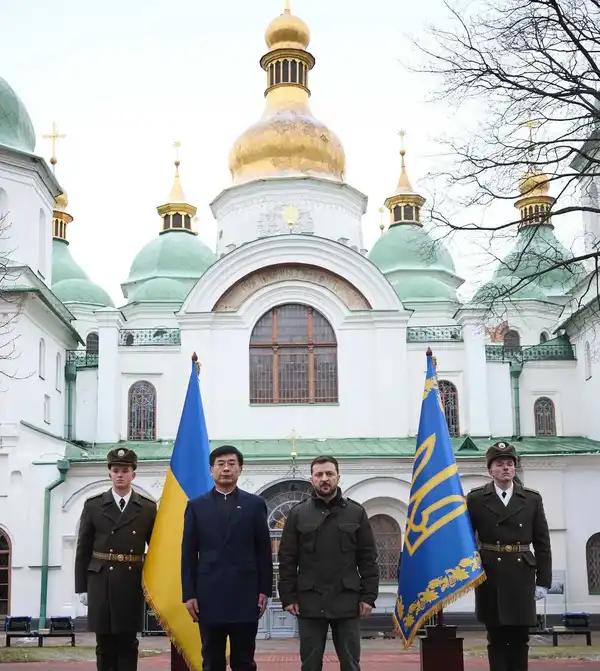Ukraine's New Offensive in Kursk: A Strategic Analysis
Ukraine launched a new offensive in Russia’s Kursk region in January 2025, with Ukrainian President Zelenskyy claiming significant Russian and PMC Wagner losses. The move comes amid changing dynamics in Western military support.

The recent Ukrainian offensive in Russia’s Kursk region represents a significant shift in the conflict’s dynamics. This military operation, launched in early January 2025, marks a strategic pivot in Ukraine’s defensive posture along its northern border with Russia.
The Ukrainian military’s decision to launch this offensive appears driven by several key factors. Most notably, it coincides with potential changes in Western military support patterns. The timing suggests an urgency to demonstrate battlefield capabilities and maintain international backing.
Russian and Ukrainian reports paint contrasting pictures of the engagement. Ukraine claims successful strikes against Russian forces and Wagner PMC units near Makhnovka village. President Zelenskyy specifically highlighted the elimination of significant Russian and Wagner personnel, though exact numbers remain disputed.
The operation’s focus on Kursk carries both military and symbolic significance. Historically, Kursk was the site of one of World War II’s largest tank battles. Today, it represents a critical logistical hub for Russian military operations. By targeting this region, Ukraine appears to be attempting to disrupt Russian supply lines while also making a bold statement about its offensive capabilities.
Military analysts point to several notable aspects of this operation. The Ukrainian forces have employed a combination of armored units, air assault teams, and advanced anti-drone systems. This integrated approach suggests careful planning and potentially indicates new tactical capabilities developed through Western training programs.
The Russian response has involved significant defensive operations, with claims of repelling multiple Ukrainian advances. The intensity of the Russian defensive measures suggests they view this offensive as a serious threat to their rear areas.
Looking at broader strategic implications, this offensive raises questions about Ukraine’s military capacity at this stage of the conflict. The ability to launch operations into Russian territory demonstrates continued offensive capabilities, though sustainability remains a key concern.
The engagement has also highlighted evolving dynamics in modern warfare, particularly in the realm of information operations. Both sides have actively worked to shape the narrative around these events, with social media playing a crucial role in how the offensive is perceived globally.
For Russia, defending Kursk has become both a military necessity and a matter of domestic credibility. The region’s proximity to major Russian military installations makes it strategically vital, while its historical significance adds political weight to the defensive operations.
The operation’s effectiveness will likely be measured not just in territorial gains but in its impact on international support patterns and domestic morale on both sides. As the situation continues to develop, its full strategic implications remain to be seen.